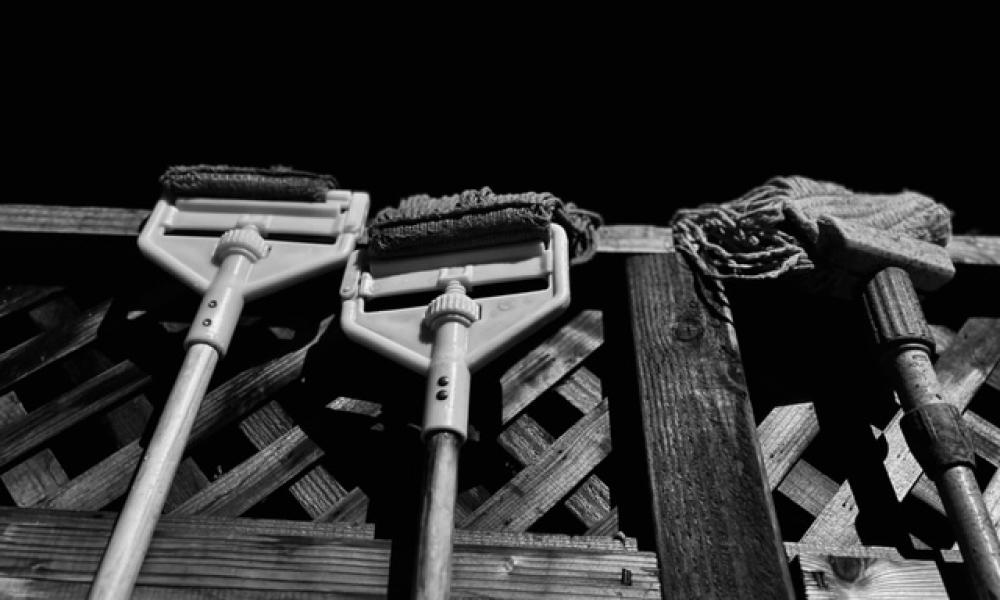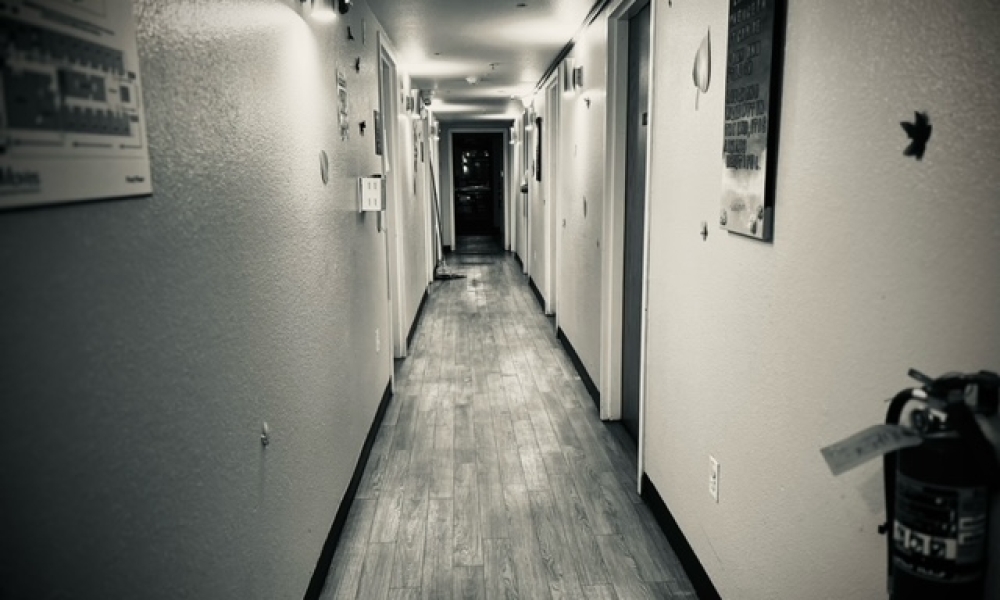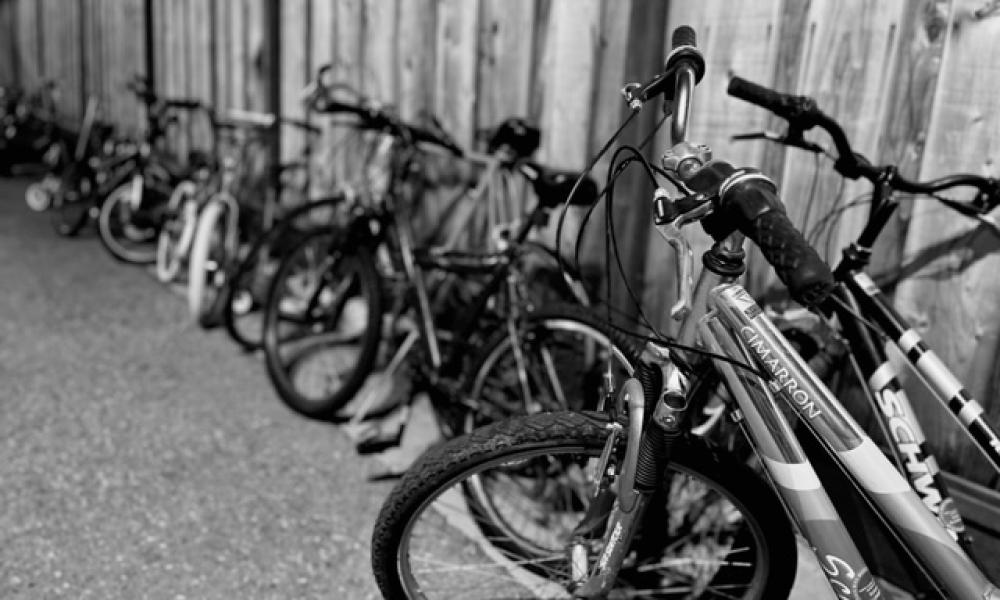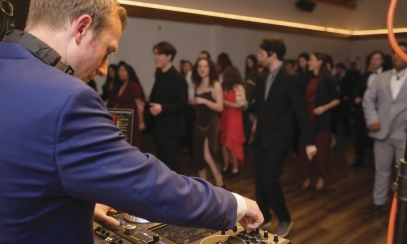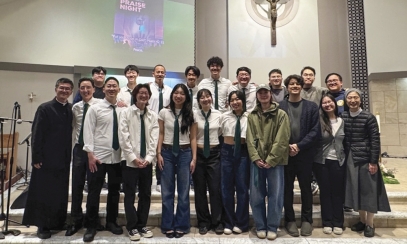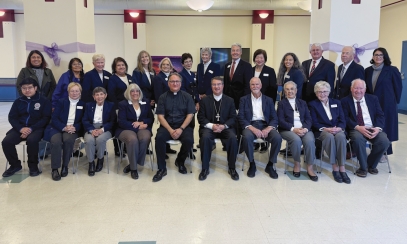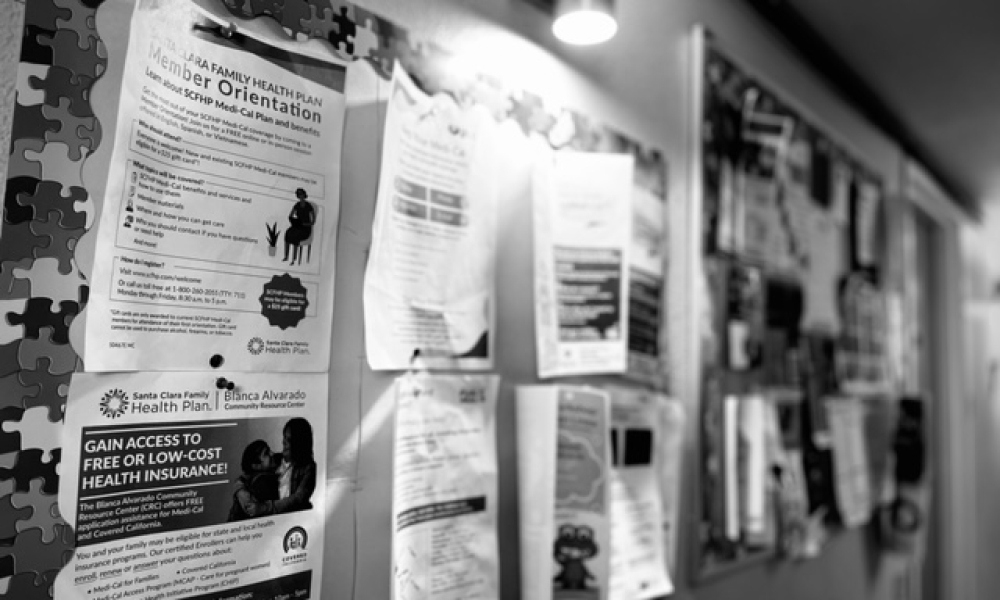
Scenes from a Shelter: Currently Homeless in Silicon Valley
Two months ago, I fled a domestic violence situation and wound up at a Silicon Valley shelter that specifically serves and houses families and women such as myself.
Two months ago, I fled a domestic violence situation and wound up at a Silicon Valley shelter that specifically serves and houses families and women such as myself.
During the first few days, I was mostly numb. I had difficulty making eye contact during the first few weeks as I had never been homeless nor lived with an array of strangers whose mental health was on a spectrum from functional to unpredictable and violent. I felt a confusing mix of terror and relief to be away from an untenable situation at home.
Two months later, I now make eye contact and greet the women and staff every day. The workers cheerfully welcome me when I return from working or visiting my children — a form of greeting which never happened in my abusive situation. Each day at the shelter brings challenges but also moments of unfathomable grace.
Day
Once a week I meet with a caseworker half my age, who responds to my situation like a sage. She is indispensable for connecting me with the county's resources. She is also a Christian, and we find common ground there.
Hallways. If I had to choose a synonym for the shelter, it would be “hallways.” For the families on the ground floor the hallways have doors. Upstairs, for women like me, they are lined with tall, hospital-track curtains that give just enough privacy to individual sleeping areas. Each client is supplied with a bed, a micro-closet, and a side table; a most peculiar sort of cloister.
On the hallway walls are flyers for healthcare, advocacy, and self-care resources. Most that advertise affordable housing require a base income of more than double my salary. It is clear from this there is no solution for families with unemployed parents, or even employed ones with incomes below the living wage, except shelters like mine where there’s only space for 15 families.
The only requirement for staying at the shelter is a daily chore and residents mostly do them at the same time. The most interaction between us occurs then since we need to say things to each other like, “Oh, excuse me,” and “Careful, the floor is wet,” and “Do you need help with that?” It is a peculiar sort of cloister, indeed.
Night
Things are not good at night. Curfew or not, all of us are dealing with our own personal pain, trauma, and demons. Some seem intent on keeping everyone around them awake. One woman often rambles expletive-filled diatribes. Some retreat to the restroom to run the loud plumbing for hours or until the staff discovers their transgression and shuts it off. Sometimes when it is silent, the reality of living in a shelter, away from my children, is even harder to cope with.
Clients have the luxury of a fire escape with a table big enough for two people to sit so I play solitaire sometimes. One of the elderly residents and I share our stories, kind of. She too, is a survivor of domestic violence, or so she claims. At dusk, we watch the lights on the planes descend as they arrive at San Jose Mineta International Airport.
Morning
For me, by God’s grace, mornings are filled with a sense of starting over, even though they come far too quickly, and now, as fall begins, they start in the pitch-black dark. Breakfast and all the meals are always terrible, at least for someone like me who has lived with the privilege of milk and fresh fruit available. That is not the case in the shelter. I was unaware of a food shortage before I was homeless; I assumed there was plenty of food for everyone. I make it a point to leave the shelter early in the morning. I am still not sure why I do this.
"Sometimes when it is silent, the reality of living in a shelter, away from my children, is even harder to cope with."
Around a week ago, I attended morning mass at St. John Vianney. I love worshiping in the older San Jose churches. As a newly homeless person, being in a place of history is something I am growing to appreciate more; it helps me feel I am a part of that greater Church history as a Catholic, and that I am not the sum of my own sad history.
During the kiss of peace, I gesture to the strangers in the pews. I pray for the women at the shelter, and my own circumstances. At some point I always become deeply aware of how impossible it is to tell by my appearance that I am homeless. It is a good lesson that we never truly know what crosses our fellow mass-goers are carrying.
That at mass we come together as fellow sufferers, and there, in God’s house, we are never without shelter.

